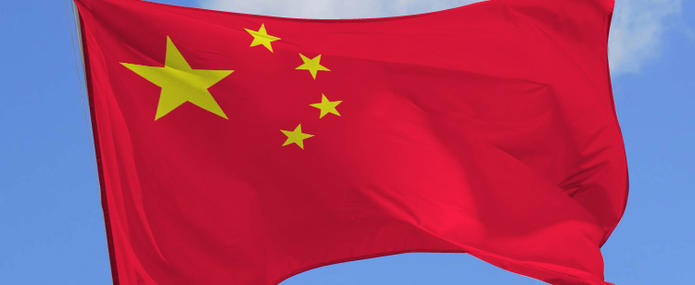China’s overseas investment flows (US$ 183 billion) and stock (US$ 4.7 trillion) reached a record peak in 2016, second only to those of the US. A major cause for concern lies in the environmental sustainability of China’s overseas investment portfolio, which is compounded by the lack of transparency of China’s main development finance arms. We intend in this paper to give an update on the magnitude of green finance in China’s overseas investment and development finance portfolio on the basis of the best available estimates, and to put these figures into a broader perspective of multilateral development banks’ commitments and practices to combat climate change. We derive practical policy recommendations that Chinese development banks could take to further align China’s overseas investment with the 2°C target of the Paris Agreement, with the first step being to revise the ‘host country standard’ principle, to ensure that Chinese development banks use the most stringent of the two environmental standards, abroad or at home.
Key policy insights
-
Chinese development banks lend, give or invest between US$ 38 billion and US$ 45 billion every year to developing countries, without either elaborating on, or integrating, the provisions of the Paris Agreement into their investment strategy.
-
Regulations and safeguards are much more stringent for China’s domestic investment than for China’s overseas investment, and this stringency gap has been widening over recent years.
-
As a step towards aligning Chinese overseas investment with the Paris Agreement, Chinese development banks could revise the ‘host country standard principle’. They could instead choose the highest among the two – recipient country or Chinese domestic – in terms of environmental stringency, consequently harmonizing overseas environmental regulation and safeguards with those that apply domestically.




